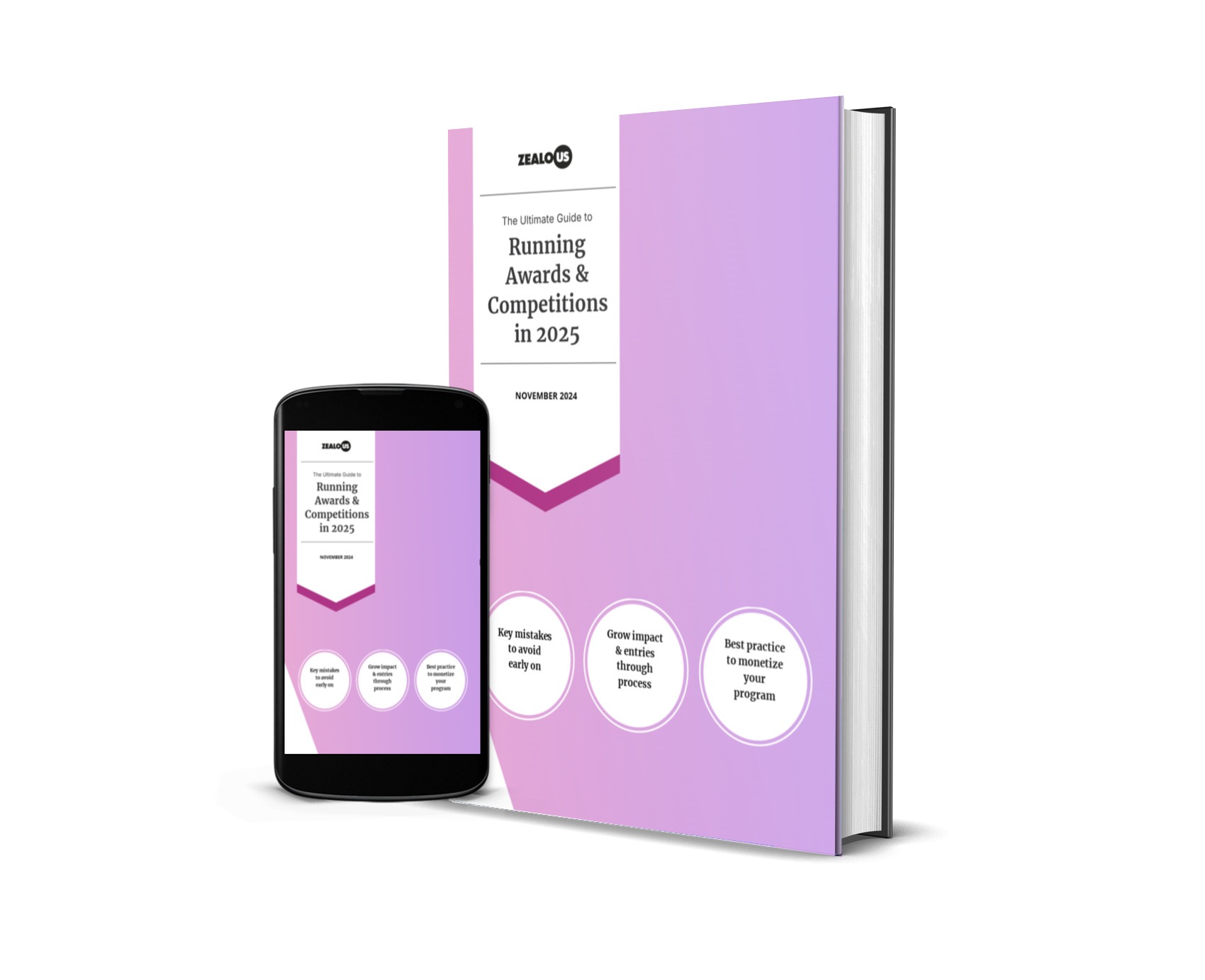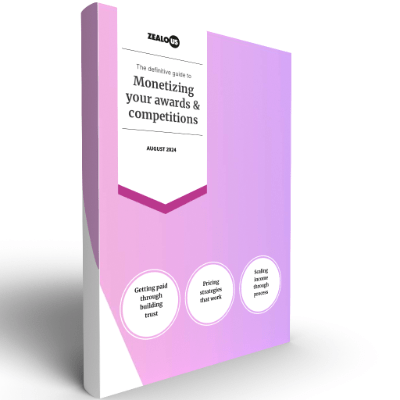Part 2 of The Questionnaire Conundrum series
The Premise
In our previous exploration of audience questionnaires, we identified the fundamental challenges facing creative organisations: sample size limitations that make data meaningless, inclusivity paradoxes that exclude the very people we’re trying to reach, and unconscious bias that skews results toward time-rich respondents willing to engage with clipboards.
We also examined how current methods systematically miss younger audiences, busy families, introverts, and neurodiverse individuals – creating data that reflects only those comfortable with traditional survey approaches rather than the full spectrum of cultural audiences (this is ironic, since some of the answers in these surveys are there to support them better).
Today, I’m proposing solutions that work with human nature rather than against it.
Picture a typical Saturday afternoon at any cultural venue. A mother navigates the entrance with children in tow, a group of teenagers linger around on their phones, and an elderly visitor is sitting on a bench taking in every detail of one of the works on display. Three radically different people, three radically different relationships with time and technology – yet traditional audience research approaches them all identically.
We shouldn’t be surprised by declining response rates and data that systematically excludes entire groups.
The Reality of Understanding Our Audiences
The fundamental flaw in traditional questionnaires isn’t the questions themselves – it’s the assumption that all visitors can engage with information requests in the same way. Who, in the three people mentioned above has 15 minutes to focus on a single task? Who wants to be approached? Who has the physical capability to stand in one place to answer questions?
Modern audiences have vastly different comfort levels with formal data collection, live across different platforms and prefer to communicate through different channels.
The Multi-Platform Generation:
Younger audiences move fluidly between Instagram, TikTok, and WhatsApp. They expect instant responses and seamless experiences, often preferring quick digital interactions over face-to-face conversations with strangers. Their communication style is visual and immediate – they’ll engage enthusiastically with content that feels native to their digital environment but abandon anything that seems bureaucratic or slow.
These visitors will participate in data collection that feels more like social media interaction than formal research. They’re comfortable sharing information when they understand the purpose and see immediate value, but they have zero patience for lengthy forms or unclear processes.
The Digital Revolution Generation:
The middle demographic approaches technology purposefully rather than playfully. They’re active on Facebook and email, comfortable with WhatsApp, and increasingly present on professional networks. They appreciate context and clear explanations before engaging, valuing efficiency over entertainment.
While they’ll engage deeply once convinced of value, they’re naturally sceptical of approaches that feel gimmicky. They want transparency about how their data will be used and clear evidence that their participation matters. When these conditions are met, they often become the most thoughtful and complete respondents.
The Relationship-First Generation:
For many older visitors, meaningful communication still happens through phone calls, email, and face-to-face conversations. They’re often more capable with technology than stereotypes suggest, but they prefer familiar interfaces and appreciate having human backup options available.
This group values personal connection and detailed explanation. They’re frequently the most engaged survey participants when approached respectfully, but they need reassurance about privacy and clear value propositions before participating.
Accessibility Factors
Traditional questionnaires create barriers that extend far beyond age demographics. Someone using a screen reader faces complex navigation through lengthy forms. A person with motor impairments struggles with small buttons and time pressure. Individuals with cognitive differences may find the social interaction and information overload overwhelming.
Breaking it down
Breaking questionnaires into single questions naturally addresses many of these challenges while creating better experiences for everyone.
The psychological difference between “Please complete our survey” and “Could you answer one quick question?” is profound. The first asks for an unknown commitment of time and personal disclosure. The second feels manageable, even generous.
This approach creates natural stopping points where people can disengage gracefully. Each interaction stands alone as complete and worthwhile, while collectively building a comprehensive picture of your audience.
But that alone won’t help us gather enough data for it to be valuable for ourselves and our stakeholders. One question should be the beginning of a thread we will pull across the different mediums our audiences inhabit.
What if we could ask them another question? Then another, but in a place that works for them?
Meeting People Where They Communicate
“Can I ask you one question?” – “Can I ask you another?” – “Where would you like me to ask you the question – WhatsApp, Phone, Emails…”.
The power of this approach lies not in choosing one perfect channel, but in creating a network of touchpoints that work together. A visitor might answer a quick demographic question on a physical screen during their visit, then respond to a follow-up about their experience via WhatsApp three days later. Another might prefer to engage entirely through email exchanges spread over several weeks.
This multi-channel strategy recognizes that people’s communication preferences aren’t fixed. The busy parent who can’t stop for a survey during their visit might have time to answer a quick question while commuting home. The teenager who ignores email might enthusiastically respond to a WhatsApp message. The thoughtful older visitor might prefer to speak with someone.
Breadcrumb trail into your Physical Spaces
Physical spaces offer the most natural starting point for most visitors, but the system should accommodate multiple entry points based on how people discover and engage with your organization. Knowing where people came from will also add a dimension to your data (did they visit or are they only engaging with us online?).
Large, clear screens positioned throughout venues can display single questions with simple touch responses. These questions should be randomized to prioritize those with the fewest responses. If someone answers them, we should ask them the next to try and capture as much data from that first interaction – if they walk away screens should then be randomised once again.
Interactions could be rewarded with delightful brief site-specific animations, visual treats that connect to their cultural experience. This will deepen engagement with the technology and would need to be done sparingly as answers are given (we don’t want kids to fill our dataset with rubbish to see the next animation!).
The physical screens within the space approach works for everyone regardless of their technology comfort level. It captures people in the moment of their cultural experience, when they’re most connected to the organization and likely to provide authentic responses. The key is positioning these interactions as part of the visitor experience rather than interruptions to it.
Clever design would allow the capture of other channels to keep the conversation going. This could also include a progress bar on monthly data collection targets for the organisation allowing for individuals to feel their impact (and a celebration of hitting that target!). These mechanisms could easily translate across any digital channel mentioned below.
The conversations could then be continued on:
WhatsApp: The Conversational Channel
WhatsApp transforms formal data collection into casual conversation. A single question delivered as a friendly message feels personal rather than institutional. The conversational nature makes follow-up feel organic, particularly effective for younger demographics and international audiences where WhatsApp serves as a primary communication platform.
Success depends on maintaining authenticity while scaling the system. Messages need to feel individually crafted even when automated, and timing becomes crucial to avoid feeling intrusive.
Email: The Professional Standard
Well-designed, single-question emails remain valuable for audiences who prefer formal communication channels. The key is creating messages that people want to receive – clear, relevant, and obviously beneficial to both recipient and organization.
Success requires standing out in crowded inboxes while providing sufficient context about why the question matters and how responses will be used.
Human: The Personal Connection
Having someone human near the screens at specified times could facilitate access for the older generation and those with specific accessibility needs (we’re doing that with the clipboards now already).
These same people could give brief phone calls to collect a few additional answers to those respondents who requested that as their preferred mode of communication. The approach allows for clarification and often leads to unexpected insights beyond structured questions.
Social Media Feeds: Extra Data
Who do you serve on social media? The single question approach could work across your social channels. Although not pegged to a specific person this would give you further insight into a demographic you are serving, which will no doubt interest you and your stakeholders (of course this data would have to be tagged differently to identify it as coming from social feeds – dirtier data).
A link to a single question, or embedded as a poll (which would create data input overheads for your team)
Building the Complete Picture
The beauty of this multi-channel approach becomes clear when you consider that modern audiences don’t live in single communication silos. The same person might check Instagram during their gallery visit, respond to WhatsApp messages throughout the day, and thoughtfully engage with emails in the evening.
By offering multiple ways to participate, organisations can capture responses when people have time and mental space to engage. A visitor might answer two questions via physical screens during their visit, then complete their profile over the following month through their preferred digital channels.
Yes, you won’t get a complete picture at one moment in time, but you’re likely to get many more people engaging with your process giving you bite sized data which will improve your reporting.
Digging Deeper into Rewarding Participation
Adaptive reward systems can evolve with engagement levels – animations after the first question, then every second question, eventually scaling to every eighth response. This prevents reward fatigue while acknowledging different commitment levels.
The rewards should reflect organizational character: art galleries showing brushstrokes painting across screens, museums displaying artifacts assembling, theaters featuring dramatic lighting effects. These create positive brand associations while celebrating participation.
More importantly, displaying community progress transforms individual data points into collective achievement. “Help us reach our target: 847/1,200 responses collected” shows visitors they’re supporting the organization’s ability to demonstrate impact to funders.
Making it happen
Wouldn’t it be great if a system already existed to do this? Yes, it would – and usually these kinds of articles would be bait to sell you something. Unfortunately, a simple off-the-shelf system doesn’t yet exist for this. However, there are interconnected systems you might already have that could allow you to build toward this approach.
Starting Small: Testing Without Breaking the Bank
The beauty of this approach is that it doesn’t require wholesale transformation overnight. Start with what you have:
Most organisations already use CRM systems like Mailchimp, Constant Contact, or more sophisticated platforms. These can handle single-question emails and basic automation sequences. Your existing website can host simple one-question forms. Even basic tablets or iPads can serve as interim physical screens while you test the concept.
Begin by replacing one traditional survey session with a single-question screen pilot. Track response rates, demographic reach, and data quality compared to your usual methods. This gives you evidence to present to stakeholders and funders about what works before investing in more sophisticated systems.
Addressing Stakeholder Concerns
Funders and boards might initially worry about data quality and methodological rigor. The key is transparency about what you’re testing and why. Present this as expanding your data collection, not replacing proven methods entirely. Run parallel systems initially – keep some traditional surveys while testing fractional approaches.
Most stakeholders become converts when they see response rates jump from 5% to 30%+ and suddenly hear from demographic groups that were previously invisible in your data. Funders are increasingly interested in innovation that demonstrates genuine community engagement rather than just ticking compliance boxes.
Resource Reality Check
Implementation costs could vary dramatically based on ambition. A basic pilot using existing CRM tools and tablets might cost hundreds rather than thousands. More sophisticated custom systems with question sequencing and advanced analytics could require significant investment.
However, consider current costs: staff time for clipboard surveys, low response rates requiring larger sample attempts, and the opportunity cost of alienating potential participants. The fractional approach could reduce long-term data collection costs while improving quality.
Measuring Success
Track these metrics to prove the approach works:
- Response rate improvements (a 10x increase would be good)
- Demographic representation changes (especially previously underrepresented groups)
- Data completeness over time (how many multi-question profiles you build)
- Community engagement indicators (repeat participation, social sharing)
- Stakeholder satisfaction with data insights and actionability
The goal isn’t perfect data from everyone – it’s useful data from enough people to make better decisions about programming, accessibility, and community service.
Getting Funder Buy-In
Funders value innovation in audience engagement and genuine community representation. Position this as addressing their core concerns: serving diverse communities, demonstrating impact, and building sustainable relationships with audiences.
Consider framing this as research – a systematic test of new methods with proper evaluation and knowledge sharing. Funders may support pilots that could benefit the wider sector, especially when they address persistent challenges like low survey response rates and demographic gaps in data.
Next Steps
This approach represents a fundamental shift from extracting data to building relationships. Start small, test thoughtfully, and scale based on what you learn about your specific audience and their preferences.
The clipboard era isn’t ending – it’s evolving into something more human, more inclusive, and ultimately more effective at helping cultural organisations understand and serve their communities. And that evolution might just transform how we think about audience engagement entirely.
Curious about launching your own program?
Experience how Zealous simplifies your process for candidates, judges and admins in these 30-second tours.

Let us know you want us to write more content like this with a love!
Share

Guy Armitage is the founder of Zealous and author of “Everyone is Creative“. He is on a mission to amplify the world’s creative potential.








